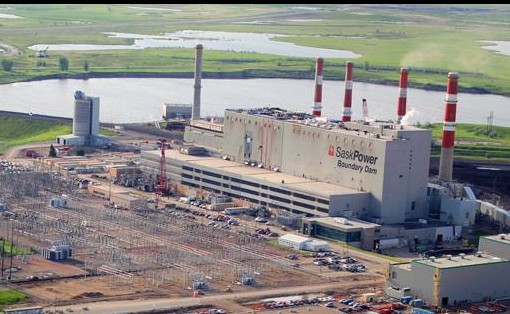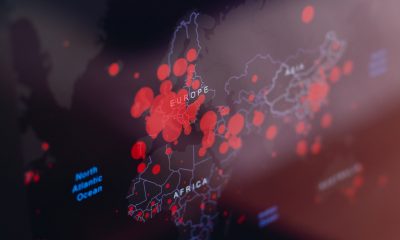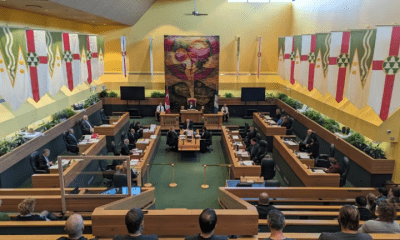Breaking
SaskPower to launch carbon capture power plant; hopes it will be model for world
REGINA — Saskatchewan’s government-owned power utility is set to launch its flagship carbon-capture-and-storage project this week when it cuts the ribbon on a $1.4-billion addition to its Boundary Dam power plant near Estevan.
Billed by SaskPower as the world’s first and largest commercial-scale, carbon-capture operation of its kind, the project outfits part of the coal-fired power station with a mechanism to capture carbon dioxide emissions and transport the gas through a steel pipeline into storage deep underground.
While its proponents say the project represents a way to burn fossil fuels — such as coal — more efficiently with less greenhouse gas, critics argue carbon capture simply enables the status quo and does little to mitigate the damage caused by carbon emissions.
“It’s a waste of vital capital that should be invested in conservation, efficiency and renewable (energy),” says Sierra Club Canada director John Bennett. “It doesn’t get us off fossil fuels. We can no longer talk in terms of using less of them, we have to be working towards eliminating them.”
The project aims to reduce carbon dioxide emissions by one million tonnes annually, which amounts to about 90 per cent of the emissions from the plant.
“We sincerely expect this to become a model for plants around the world,” says SaskPower CEO Robert Watson. “This is what we think is a long-term, fiscally responsible way of getting less emissions into the air.”
Some of the carbon dioxide will be liquefied and sold to oil companies to help extract more crude from the ground. The utility has a 10-year contract with Cenovus Energy Inc., a Calgary-based oil company, to buy the captured carbon.
The power station will also capture sulphur dioxide, which can be converted to sulphuric acid and sold for industrial use. A byproduct of coal combustion called fly ash will be captured and sold for use in concrete products.
The carbon dioxide that isn’t used for oil recovery will be stored permanently through a process that injects the gas more than three kilometres underground.
The plant has been touted as a solution to climate change since 2008, when Prime Minister Stephen Harper visited the site and announced $240 million in federal funding.
While the final costs are still being calculated, Watson acknowledged the project is over budget. Last fall, that overage was pegged at $115 million, or nine per cent.
He said while the carbon-capture facility was “essentially on budget,” there were unforeseen issues with the power facility, including rebuilding the boiler and costs arising from an asbestos scare.
“Things that were beyond our control caused those issues,” he says.
Those issues led to delays. The plant was supposed to start storing some carbon in April.
Bennett says the investment in Boundary Dam could have been put toward renewable-energy projects, such as outfitting homes with solar panels.
“I don’t see this as having much of a long-term future,” he says.
Arvind Rajendran, a professor in engineering at the University of Alberta who studies carbon capture and storage, says the technology has been used in other industries, including the fertilizer industry, but not on the scale of the Boundary Dam.
“From that perspective, the data that is going to come out of Boundary Dam is very important. It will tell scientists and policy-makers the costs that are involved,” he says. “You have to supply extra energy to capture the (carbon dioxide) and that energy has to come from somewhere.”
One of the advantages of carbon-capture technology is that it doesn’t require all new infrastructure, unlike such renewable technologies as solar and wind farms, Rajendran says.
“Across the world, carbon capture is still considered as a potential option,” he says, adding that the major challenge is to bring down costs.
“If you consider that the bulk of the world is now powered with coal — countries like China are building a lot of coal plants — we need to have a technology that will still allow us to use a cheap source of energy such as coal but also reduce emissions.”






















